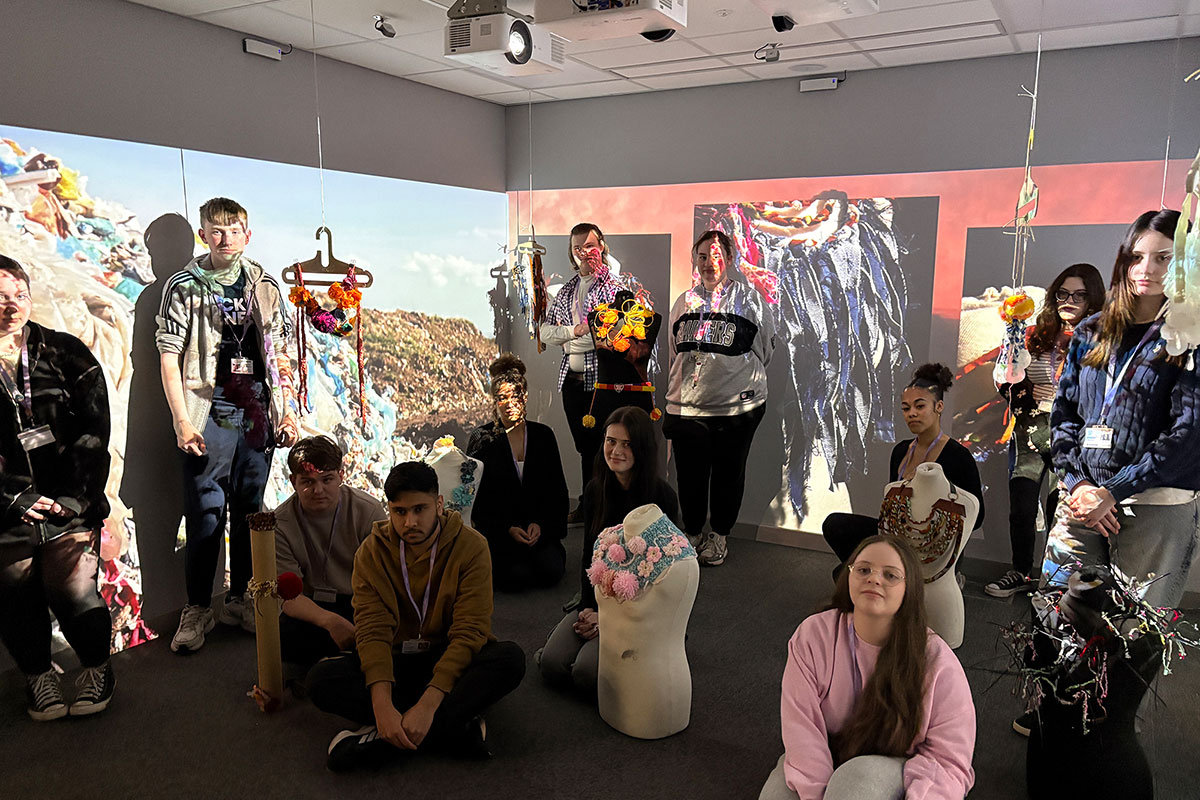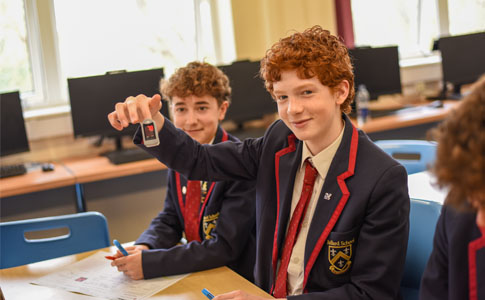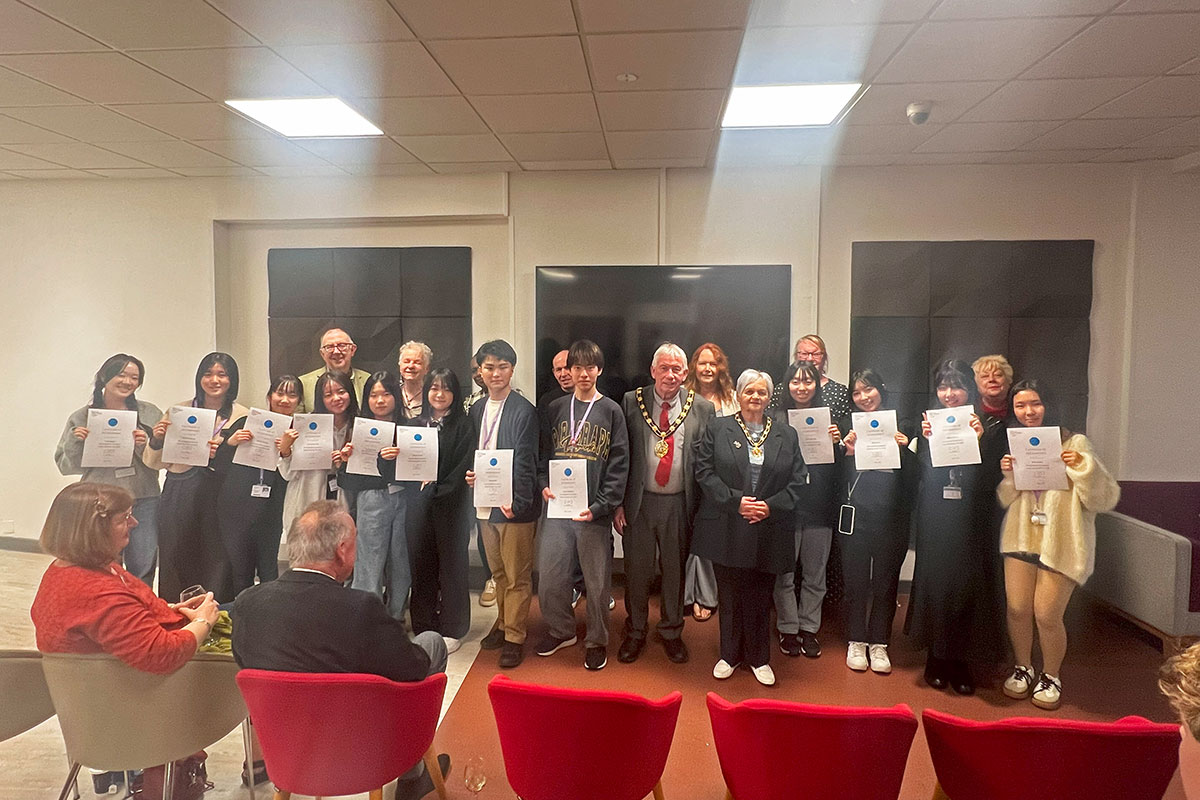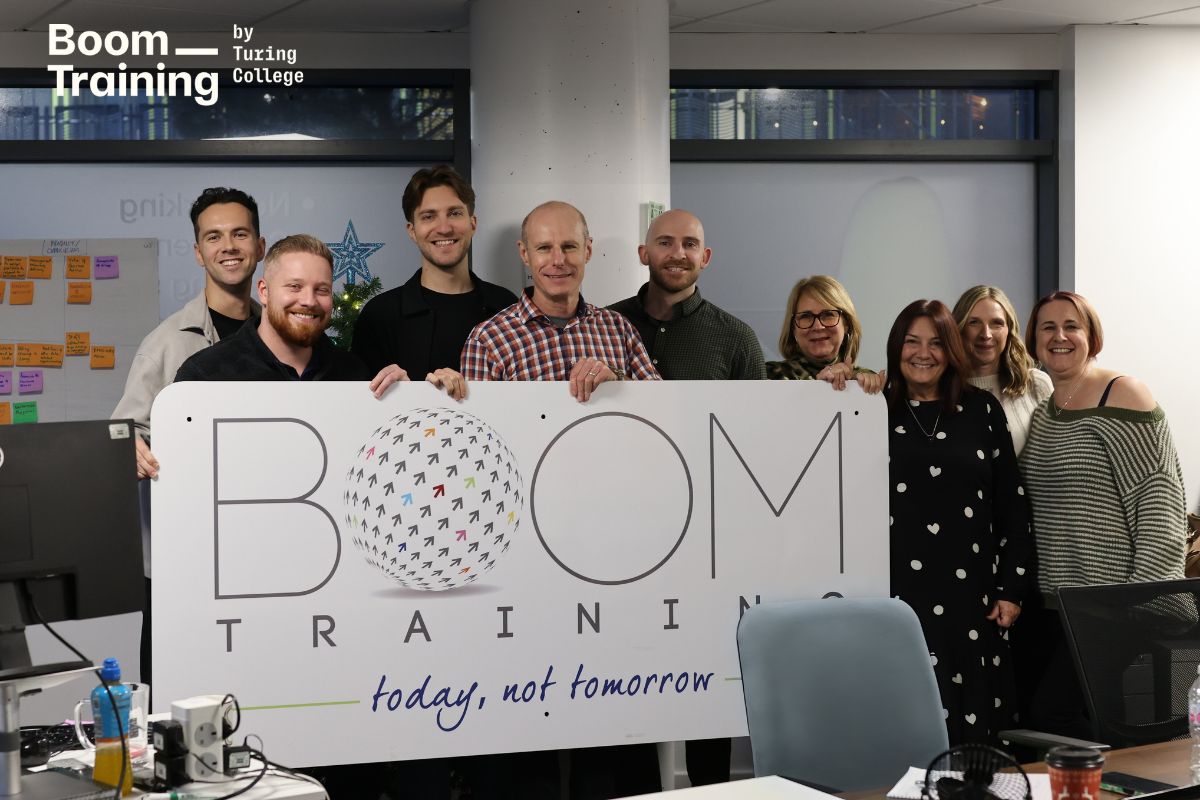The future is here and it’s looking pretty meta

Chris Mallet explains how the latest advances in virtual reality could be game-changers for teachers in FE colleges
For those in education who do not keep abreast of the latest tech chatter from the West Coast, news that Facebook and Microsoft are investing heavily in something called ‘the metaverse’ may have passed them by. This is understandable – not only because FE colleges have rather more pressing concerns at the moment but also because it doesn’t really exist yet.
Nevertheless, the metaverse is something that could come to a college near you a lot sooner than many expect – and it could transform the way teachers deliver learning.
What is the metaverse? The short answer is that no one really knows yet because it hasn’t been built. It’s a concept, a vision, or rather a collection of visions, for the future of how the internet will look when technologies like extended reality (XR), artificial intelligence (AI) and blockchain develop and coalesce in such a way that they drastically redefine our online experience. In the metaverse we won’t be interacting with two-dimensional content – we’ll be immersed in a three-dimensional, virtual experience. Our digital avatars will allow us to socialise, play, hold meetings, study and work virtually.
If that sounds too improbable, too Matrix or Star Trek holodeck for serious educators, consider how much teaching and learning has changed and adapted to a series of technological innovations over the past 25 years. Can you imagine teaching now without emails, wi-fi, search engines, smart phones, podcasts, PowerPoint, shared resources, online assessments, webinars, adaptive learning, and all the other advances that have totally altered teaching and learning in the intervening years?
Virtual reality (VR) is the latest manifestation of that technological wave. But it would be a mistake to see it as a more sophisticated iteration of Zoom or as merely enabling a digital twin of a real classroom. It represents a step change in learning possibilities.
For teachers, it’s about re-imagining what they can do in the classroom unconstrained by time or space or budget. For students, it can give them hands-on experiences not usually available in college and allow them to access expertise that wouldn’t normally be on tap, regardless of where they might be.
I appreciate that there is a healthy scepticism in education about the breathless evangelism of many in the ed-tech sector. It’s not hard to think of initiatives that have been long on promises and short on delivery. All too often they have been technologically dazzling but educationally weak.
So it is comforting to see that where VR is already being adopted and used well, it is as a complement to teaching not a substitute for it. VR in the classroom works best when a teacher acts as the mentor scaffolding the learning that the tech has enabled.
In Sandwell College in the West Midlands, for instance, VR is being used to help students learn core communication skills at their own pace and in a ‘safe’ virtual environment free from the judgement of their peers and the social inhibitions that the shy or inexperienced find especially intimidating.
VR is particularly useful when it comes to creating virtual facilities that would be difficult or prohibitively expensive to provide in reality. Sandwell is using VR to train automotive students in car design and mechanics – without the need to spend millions of pounds on materials or the latest marques. The same is true of any subject that requires expensive kit or training in risky procedures – health care being an obvious example. Virtual tools for hands-on training are much cheaper than the real thing, take up no space and require no maintenance or extensive health and safety compliance.
VR will also save teachers’ time. At Sandwell a single programme that students can access when they need it has replaced 30 separate teacher-conducted role-playing sessions. Students, too, gain a more engaging and varied learning experience, and one that gives them more personalised feedback thanks to the richness of the data.
For the trail-blazing teacher, there is currently no definitive VR content library, no set templates to borrow. It is, in many ways, a new frontier, ready for the curious teacher to explore and experiment with, to test the appetites of the instructor and the instructed. To help you on your way, I have compiled the 10 best affordable education VR apps to try in 2022 here, and I strongly recommend joining like-minded communities of educators who are willing to share their experiences.
Here is a good place to start:
But wherever you end up, I can promise you your educational world will never look the same – either virtually or in reality – again.
Chris Mallet is Co-founder & CEO at Bodyswaps, a soft skills training solution offering a library of VR and mobile simulations for management, diversity and employability training. To book a meeting and arrange a demonstration of Bodyswaps please visit www.bodyswaps.co











Hi
Unconstrained by time or space or budget, so no more preparation
or marking for tutors who will be encouraged to drop their commuting and work from home? In verse, Meta means better, digest every letter, Then go walk your setter.